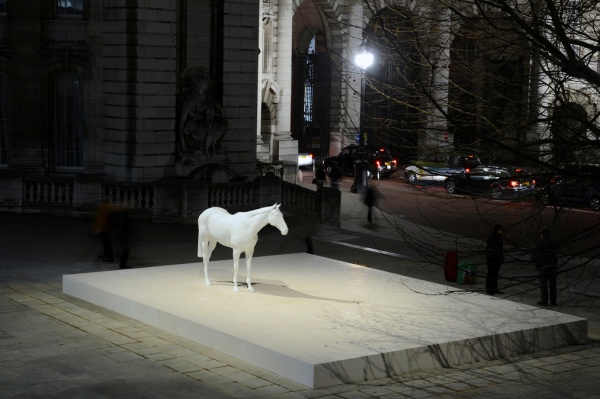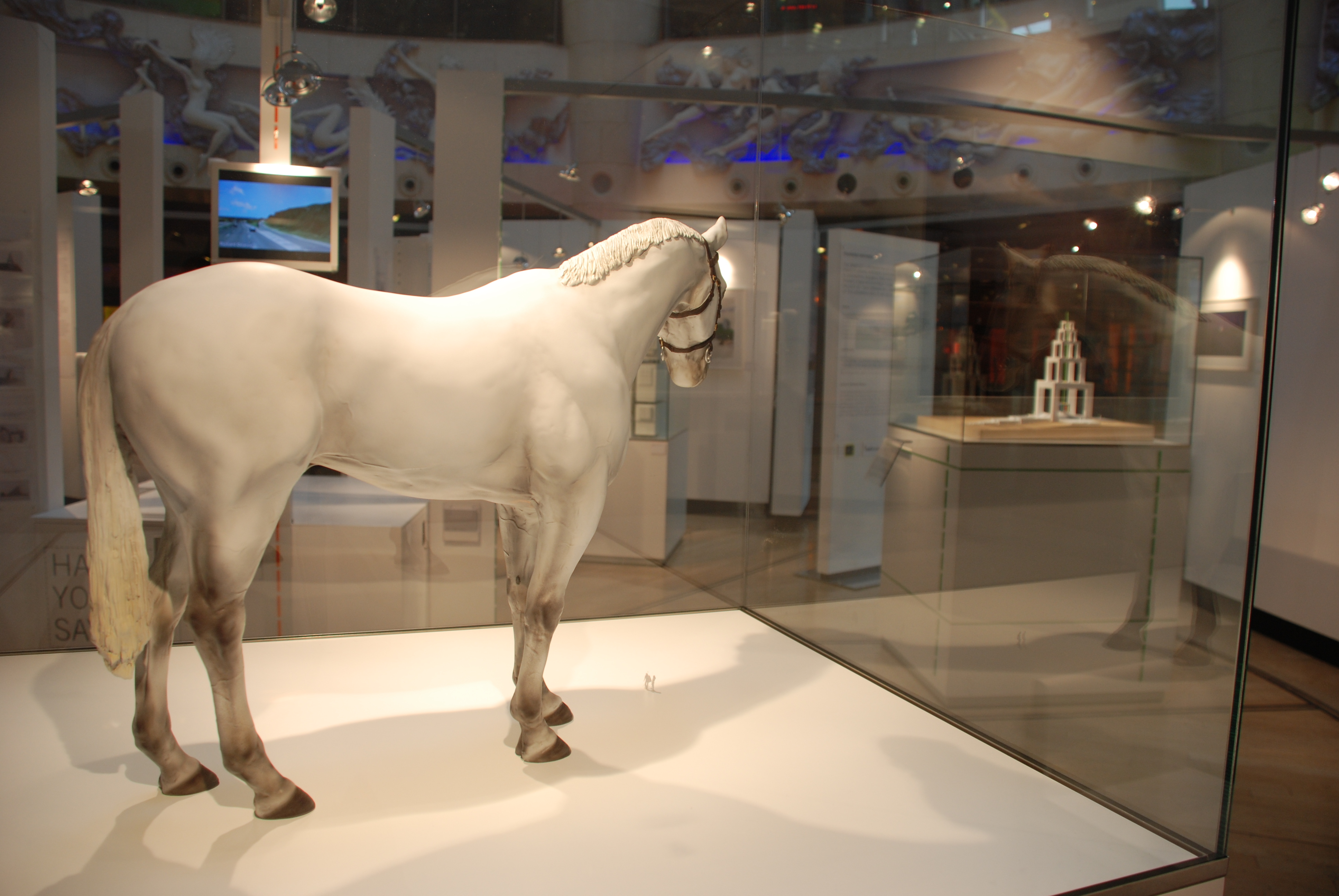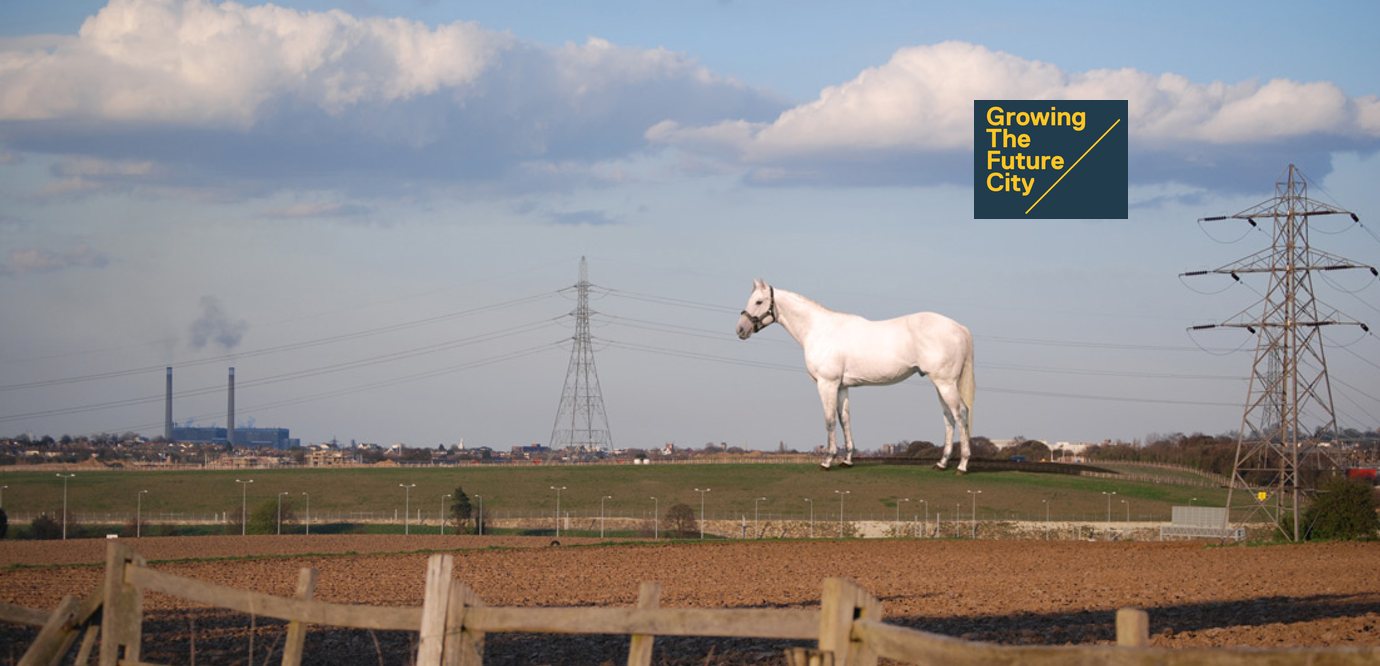




In 2006 Futurecity was appointed by developer Land Securities to develop cultural and placemaking ideas for the new Ebbsfleet Garden City. Proposals included the Ebbsfleet Landmark Competition, a 50-metre sculpture ‘Angel of the South’. The shortlist included Mark Wallinger, Daniel Buren, Rachael Whiteread, Richard Deacon and Christopher Le Brun.
Mark Wallinger’s winning entry, was for a white horse 25 times life-size, 50 metres tall, designed to look out over the ancient Roman ‘Watling Street’. The origins of the white horse as the emblem of Kent can be traced from ‘Horsa’ a mythological Anglo-Saxon leader who landed near Ebbsfleet in the 6th century. White Horse relates to the ancient depictions of white horses in England and Stubbs’ painting of ‘Eclipse’.